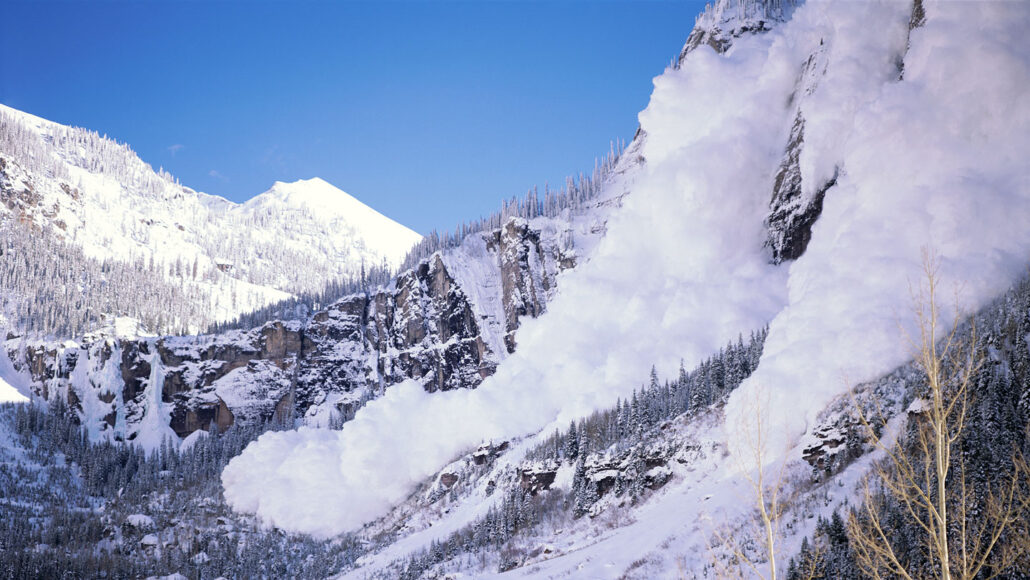Scientists Say: Avalanche
An avalanche occurs when snow or other material quickly sweeps downhill

An avalanche can bring a huge amount of snow down the side of a mountain in a very short time.
DOUGBERRY/E+/Getty Images
An avalanche occurs when snow or other material quickly sweeps downhill

An avalanche can bring a huge amount of snow down the side of a mountain in a very short time.
DOUGBERRY/E+/Getty Images